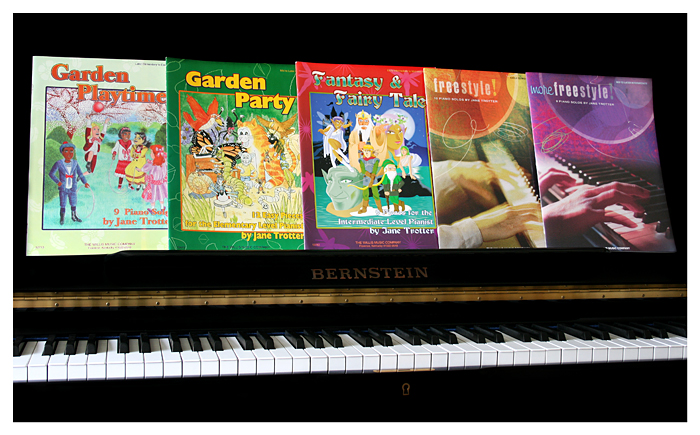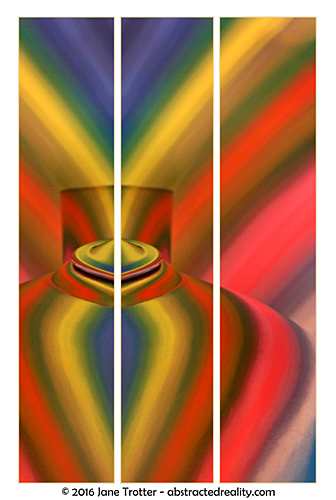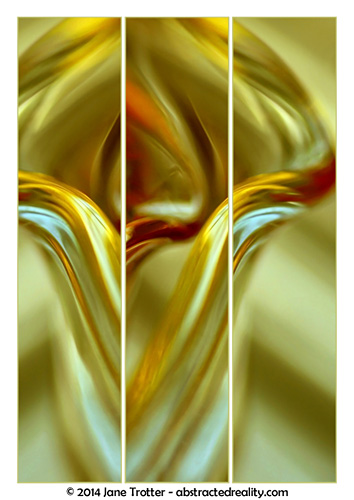Being a musician as well as a photographer has given me privileged insight into how both disciplines inter-relate and how the skills and understanding developed in one area can be directly transferred and applied to the other.
Before I began my journey into photography, I wrote several repertoire books for beginner to intermediate pianists.

As a teacher, I’d become frustrated with some of the repertoire available for young piano students, so I decided to write some music of my own which would be both educational and fun to play. Over the course of six or seven years, I produced five books which were published and distributed by Willis Music and Hal Leonard, two of the world’s leading music education specialists.
Looking back now with a photographer’s eye, I can compare the important compositional elements I use in my abstract photography with the compositional techniques I found to be most valuable when writing my music. They actually have a lot in common!
Simplicity of Design
When writing music for younger children one of the biggest challenges is to achieve simplicity of design and acknowledge students’ limitations – their hand size, reading ability, co-ordination and concentration skills, and their musical maturity. So everything which is unnecessary, too difficult or too advanced for a student to understand or technically master must be removed or completely avoided.

I have found my photographic process of working to eliminate unwanted distractions, refining design concepts, reworking and striving to develop an innate appreciation of my subject matter to be very similar and equally stimulating.
In my photography, I value the singularity of purpose – the ability to make a single and powerful statement with an image. Presenting a clean, clear and simple design is part of that process of communication and capturing the heart and mystery of an object.

Likewise, in my music, refining a musical theme to its core components was always a challenge, but the reward was great when the emotion inherent in the melody was conveyed clearly and simply.
Creating Order and Understanding

Considerations of how to give order to the shapes, patterns and colours in an image correlate with the structural design of a piece of music. The presentation of thematic material, its reworking and restatement, recurring rhythmic motifs and phrasing all contribute to guiding the listener through the music in much the same way as a photographer uses visual cues to guide the viewer through an image – leading lines, use of symmetry, complementary shapes and colours and the controlled weighting of elements.
Balance and Proportion
Balance and proportion are particularly important within my photographs as often I’m relying on very little to create the shot – everything needs to be ‘in the right place’ and work harmoniously together to give the viewer a complete and satisfying visual experience.

Balance and proportion are also critical in determining the shape, length and contour of a melody and its implicit phrasing. An unbalanced phrase will sound lop-sided; likewise, a melody which lacks a sense of direction and purpose will leave the listener unsatisfied.
Enhancing Structure and Form

The use of ‘space’ within an image and the interaction of dynamic points of interest set against more restful areas are also extremely important in the construction of my abstract images and in controlling how I want the viewer to approach and interpret the shot.
Similarly, composers will often contrast sections within a composition to highlight structural points of climax and repose by increasing or decreasing the rhythmic rate of change, by altering volume or accentuation, or introducing new thematic material.

Clever and judicious use of depth of field and lighting can enhance or exaggerate shape and form, and help give prominence to certain areas within the shot.
In music we can make the same type of enhancements to a phrase by varying or highlighting texture and harmonisation, by altering the pitch of a melody, utilising and exploiting the different tonal qualities of an instrument at a particular range, and contrasting articulation, employing accented, detached or smoothly played notes.
Harmonious Union of Elements

Ultimately, whether we’re composers of music, or composers of images, we’re striving to bring together every facet of our composition into one harmonious union of elements, where the sum of our endeavour is greater than its composite parts. In doing so, we can engage and communicate with our audience at great depth.
You can find out more about my thoughts on the connections between music and photography in The Transformative Process and Music and Photography – how do they relate?
